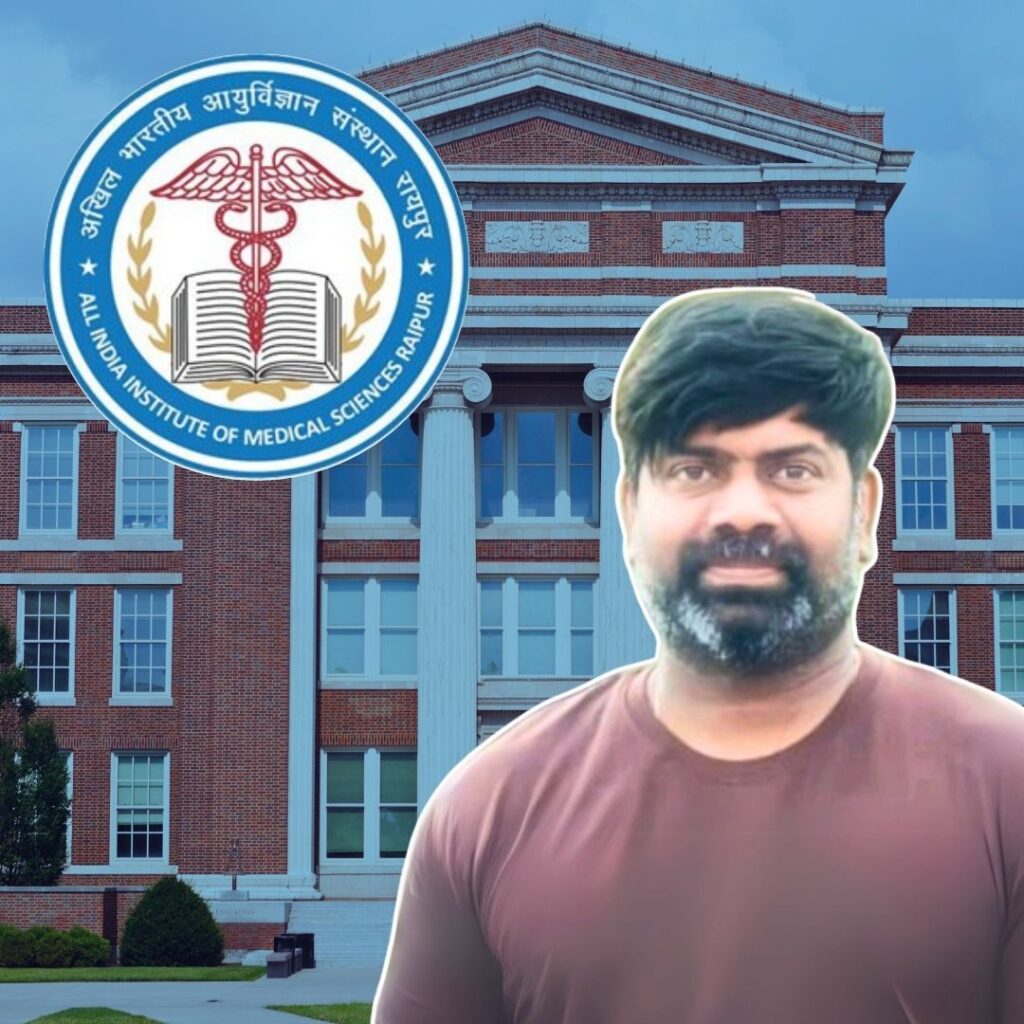Dr. Pugazhenthan Thangaraju, assistant professor at AIIMS Raipur, has been ranked among the world’s top 2% scientists by Stanford University. His recognition underscores both India’s growing research influence and the institution’s rise as a center of medical innovation.
A Recognition Beyond Borders
Stanford University’s annual list of the world’s top 2% scientists is considered one of the most reliable global benchmarks of academic influence. It evaluates researchers across disciplines using standardized citation metrics, including total citations, h-index, and career-long impact, along with single-year performance.
Dr. Thangaraju’s inclusion highlights his extensive contributions to clinical medicine, pharmacology, and interdisciplinary health sciences. His research has consistently bridged academic theory and practical application, producing insights with direct implications for patient care, medical education, and public health policy.
Elevating AIIMS Raipur’s Research Profile
At AIIMS Raipur, colleagues celebrated the recognition as a defining moment for the relatively young institute. While AIIMS campuses in Delhi and other metros have historically dominated the research landscape, Raipur’s growing output signals a democratization of high-quality medical scholarship across India.
“This honor is not just individual recognition—it elevates the institute’s reputation on the global stage,” an AIIMS official said. The achievement is expected to attract more collaborations, funding, and opportunities for young researchers in central India, reinforcing the message that pathbreaking science can flourish outside traditional hubs.
India’s Expanding Global Footprint in Science
India’s representation in Stanford’s global list has grown steadily over the past decade, reflecting the country’s rise as a research power. With increasing investments in higher education and healthcare research, Indian scientists are carving out space in global academia.
Dr. Thangaraju’s recognition also points to the importance of interdisciplinary research in tackling modern health challenges—from drug-resistant infections to chronic diseases. As India strengthens its research ecosystem, his achievement stands as a symbol of both personal dedication and the nation’s collective scientific progress.


